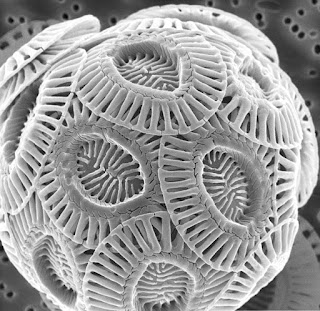In
Holy Week, our Lord
gave
up His life
for
us and died
alone,
betrayed,
abandoned.
We know
no
greater sacrifice
than
this – to die
for
others.
And
yet, some thirty
years
and more
before,
the Holy
Word
of God
gave
up His Godhood
in
exchange for
human
birth and
mortal
life.
The
Word that breathed
across
the chaos
at
the start of
all
creation,
that
breathed into
being
galaxies,
planets,
elements and
evolution,
the
Word that shaped
the
life we know –
bacteria,
fish
and
people –
that
Word forsook
His
Godly ways
to
be born a babe
in
Bethlehem.
The
All-Knowing
relinquished
knowledge
for an
infant’s
word-
less
cry; the All-
Powerful
traded
power
for an infant’s
helplessness;
the
Ever-Present
willingly
confined
Himself
to
human time and space;
the
Infinite
found
limits
in
an infant’s
tiny
world.
In
Holy Week, our Lord
gave
up his Life,
and
this we hymn
with
gratitude for
all
his sacrifice.
In
Christmastide, our Lord
was
born, a baby held
in
Mary’s arms. .
The
Love that led our
Lord
to death has
led
our God to birth.
Rejoice!
Rejoice, you
faithful,
at this
wondrous
sacrifice!
As
we raise our alleluias,
Let
us sing “Thanks be to God!”
Sr. Sue Elwyn, SSJD






